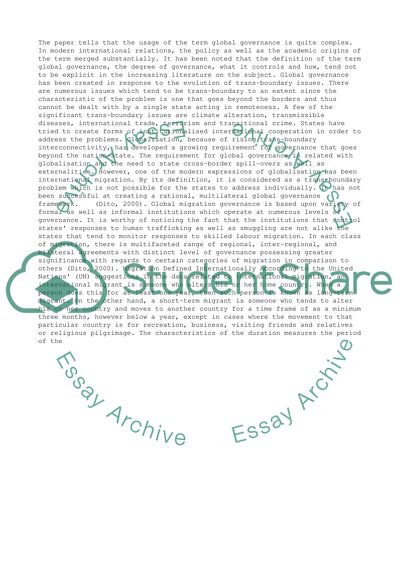Cite this document
(“Problems and Prospects of Global Governance Regime in Migration Essay”, n.d.)
Retrieved from https://studentshare.org/business/1395240-global-governance-the-internet
Retrieved from https://studentshare.org/business/1395240-global-governance-the-internet
(Problems and Prospects of Global Governance Regime in Migration Essay)
https://studentshare.org/business/1395240-global-governance-the-internet.
https://studentshare.org/business/1395240-global-governance-the-internet.
“Problems and Prospects of Global Governance Regime in Migration Essay”, n.d. https://studentshare.org/business/1395240-global-governance-the-internet.


